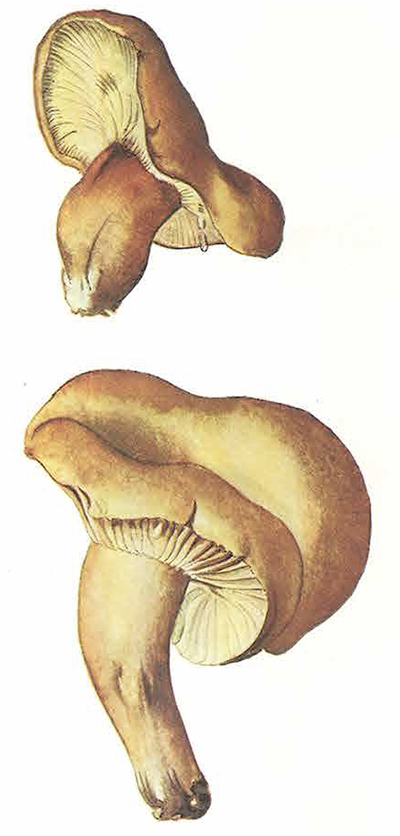The State Herbarium of South Australia published three articles in Vol. 35 of its journal Swainsona online, today, 16 August 2021.
(1) S. Dema, I.R.H. Telford, R.L. Andrew, D.J. Duval & J.J. Bruhl, Phebalium calcicola (Rutaceae: Boronieae): a species described as new, restricted to south-eastern South Australia, is proposed as Critically Endangered. (7.7mb PDF).
The authors describe a new species of Phebalium, which is only known from a small population near Mount Gambier. The species is described and illustrated in detail, and compared with its closest relatives. It grows on shallow soil over limestone, hence the name is derived from the Latin calx (limestone) and cola (dweller).
(2) T.A. Hammer & R.W. Davis, Ptilotus crinitus (Amaranthaceae), a new species from Western Australia’s Kimberley region. (1.1mb PDF).
This new species from northern Western Australia is only known from one collection in a remote coastal area in the northern Kimberley. This study evaluates the morphology of this specimen and concludes that it warrants recognition at species rank. Its closest relatives are Phebalium distans and P. capensis.
(3) R.W.Davis, J. Palmer & T.A. Hammer, Gomphrena axillaris and G. longistyla (Amaranthaceae), new species of Gomphrena from central and northern Australia. (1.7mb PDF).
Gomphrena is one of the largest genera in Amaranthaceae. In this paper, several phrase names and manuscript names from northern and central Australia (WA, NT & Qld) are evaluated. As a result, two new species are described.
To access content of all volumes of Swainsona and the Journal of the Adelaide Botanic Gardens since Vol. 1 (1976), please visit the journal’s web-site at flora.sa.gov.au/swainsona or the Swainsona back-up site.









You must be logged in to post a comment.